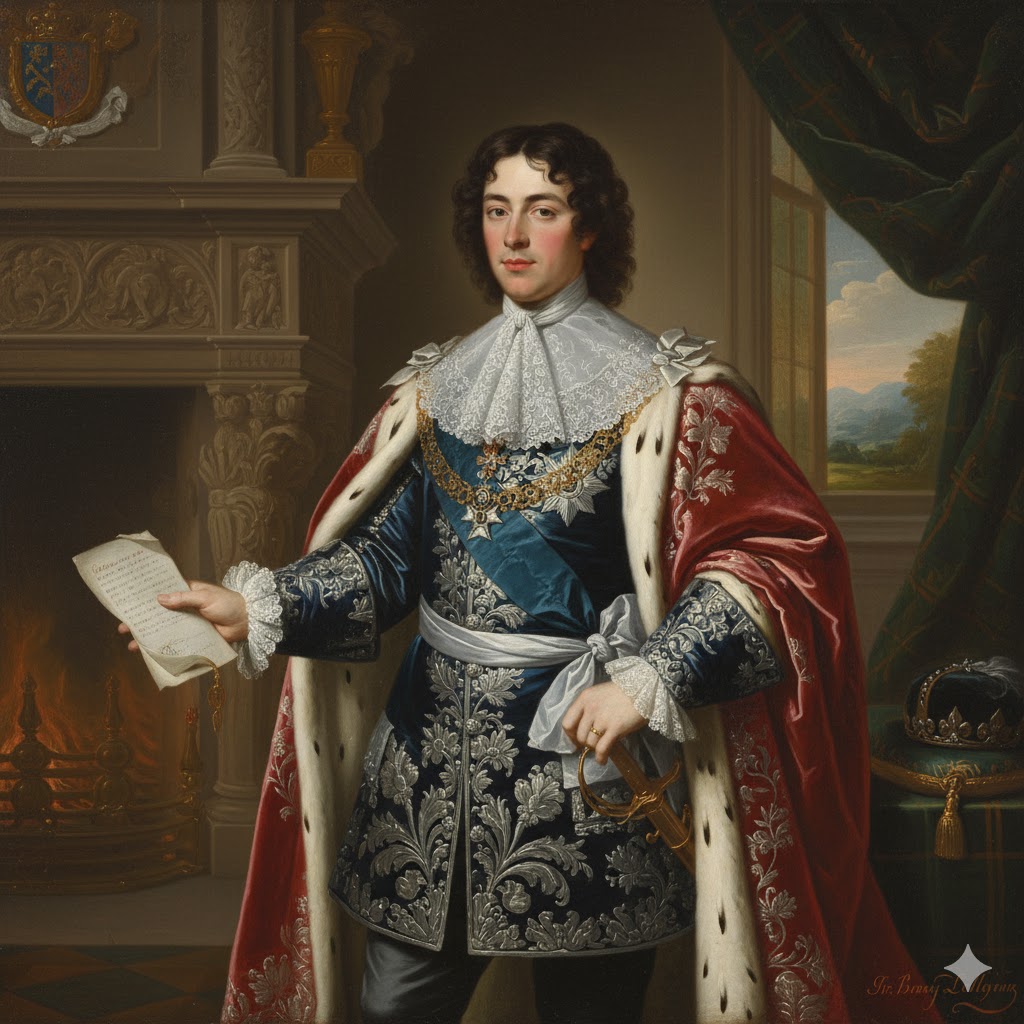
The creation of the Dukedom of Buccleuch in 1663 is a highly significant event in the history of the Scottish nobility, marked by a direct connection to the British monarchy.
Here is a breakdown of the key facts surrounding the title’s creation in 1663:
1. The Royal Marriage and Creation (1663)
- The Parties: The Dukedom was created upon the marriage of two individuals:
- James Scott (later Duke of Monmouth): The eldest illegitimate son of King Charles II of Scotland, England, and Ireland.
- Lady Anne Scott, 4th Countess of Buccleuch: A wealthy and powerful Scottish noblewoman who was the heiress to the vast Buccleuch estates and the existing Earldom of Buccleuch.
- The Titles: On April 20, 1663, the day after their marriage, the couple was created:
- Duke and Duchess of Buccleuch (in the Peerage of Scotland).
- Anne was created Duchess of Buccleuch suo jure (in her own right), and James was created Duke of Buccleuch.
2. The Title’s Endurance
The decision to grant Anne the title in her own right (suo jure) was crucial to the longevity of the Dukedom:
- The Monmouth Rebellion (1685): In 1685, James Scott, Duke of Monmouth, led a rebellion against his uncle, King James II and VII. The rebellion failed, and Monmouth was executed and attainted (his titles were forfeited to the Crown).
- Survival: Because Anne held the Scottish Dukedom of Buccleuch in her own right, it was unaffected by her husband’s attainder and execution. The title continued through their descendants, securing the line of succession for the house of Buccleuch.
3. Modern Significance
- Clan Scott Chiefs: The Duke of Buccleuch is the hereditary chief of Clan Scott.
- Amalgamated Dukedoms: In 1810, the 3rd Duke of Buccleuch also inherited the ancient Scottish Dukedom of Queensberry, combining the two titles.
- Landowners: Today, the Duke of Buccleuch remains one of the largest private landowners in the United Kingdom, with vast estates including Drumlanrig Castle, Bowhill House, and Boughton House.
The Dukedom of Buccleuch is an enduring testament to political maneuvering and the resilience of a title carefully protected from royal forfeiture in the 17th century.
Discover more from WILLIAMS WRITINGS
Subscribe to get the latest posts sent to your email.




